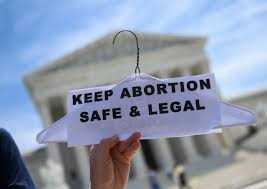
Audrey Galawu
Assistant Editor
“All people, including women, girls, and gender-diverse individuals, have the right to bodily autonomy—that is, the right to make free and informed decisions about their own bodies without coercion or violence,” said Shobha Shukla, Coordinator of the SHE & Rights Media Initiative (Sexual Health with Equity and Rights).
"Violations of bodily autonomy occur when lack of choice and decision-making leads to unplanned pregnancies or unsafe abortions, which are a leading yet preventable cause of maternal mortality and morbidity. Six out of 10 unplanned pregnancies end in induced abortion, and around 45% of these are unsafe.”
Shukla highlighted the significance of the upcoming 30th anniversary of the Beijing Declaration and Platform for Action, signed in 1995, which stressed the harmful effects of unsafe abortions on women’s health and lives, as well as the need for expanded family planning services.
“Governments must honor their commitments to gender equality and human rights with a focus on equity and justice,” Shukla added.
Global Trends and Impact of Unsafe Abortion
According to Melissa Cockroft, Global Lead for Abortion at the International Planned Parenthood Federation, induced abortion is both common and widespread. “It is estimated that 73 million induced abortions occur worldwide annually. Around 61% (1 in 6) unintended pregnancies end in induced abortion. In fact, 29% (3 in 10) of all pregnancies globally end in abortion. These figures highlight the significant impact of both unintended and intended pregnancies that result in abortion.”
Despite the frequency of abortion, unsafe practices remain a global crisis. Cockroft noted, “Every year, around 29,000 pregnant individuals, including women and girls, die from unsafe abortions, while 7 million more suffer injuries or disabilities. Unsafe abortion also places significant social and financial burdens on women, communities, and healthcare systems.”
Related Stories
The majority of unsafe abortions occur in Asia, particularly in South and Central Asia, while regions such as Latin America and Africa also see alarmingly high rates of unsafe procedures. In Africa, nearly half of all abortions are conducted under the least safe circumstances.
“The tragic reality is that deaths due to unsafe abortions are entirely preventable. The lack of access to safe, timely, affordable, and respectful abortion care is what leads to these preventable maternal deaths,” Cockroft emphasized.
The Link Between Legal Restrictions and Unsafe Abortions
The World Health Organization defines unsafe abortion as a procedure performed by individuals lacking the necessary skills or in environments not up to minimal medical standards. Despite the differences in the provision of medical and surgical abortions, legal restrictions on abortion do not always correlate with the safety of the procedure.
She continued, “Abortion is one of the safest medical and surgical procedures, particularly when managed by trained personnel, such as nurses and midwives. In fact, medical abortions (using misoprostol and mifepristone) are safer than common medications like penicillin or Tylenol. Self-managed medical abortions have also been found to be safe when the correct information, support, and referral networks are in place.”
Restrictive Laws and Global Disparities
Cockroft highlighted that restricting abortion does not reduce its occurrence but instead makes it more dangerous. "In countries with strict abortion laws, abortion rates are actually higher than in those where abortion is available on request, often because people also lack access to contraception.
"Barriers such as gestational limits, waiting periods, or the need for permission from multiple doctors only make it harder for people to access safe abortion care."
She stressed that post-abortion care, the treatment of complications from unsafe or incomplete abortions, is never illegal and should be readily available.
Abortion in Zimbabwe is highly restricted under the Termination of Pregnancy Act of 1977. The law permits abortion only under specific circumstances: which includes when the life of the mother is at risk, in cases of rape or incest and fetal abnormality.



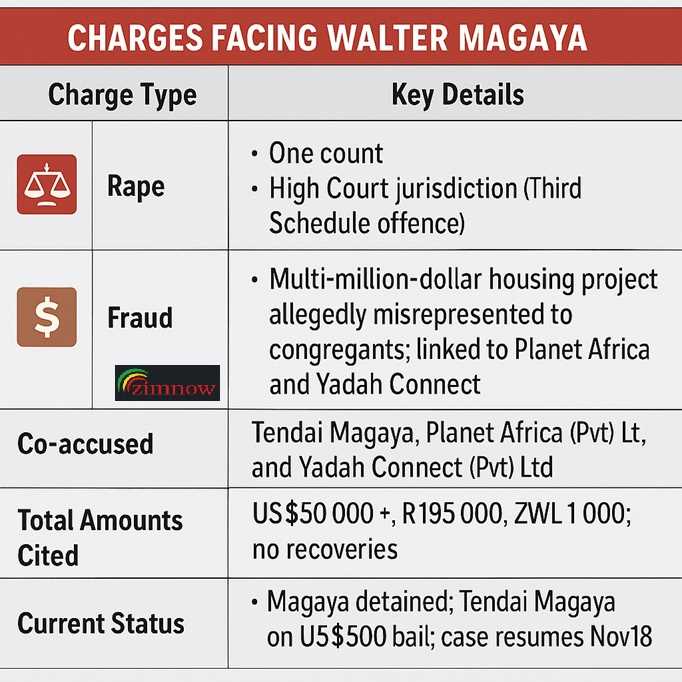
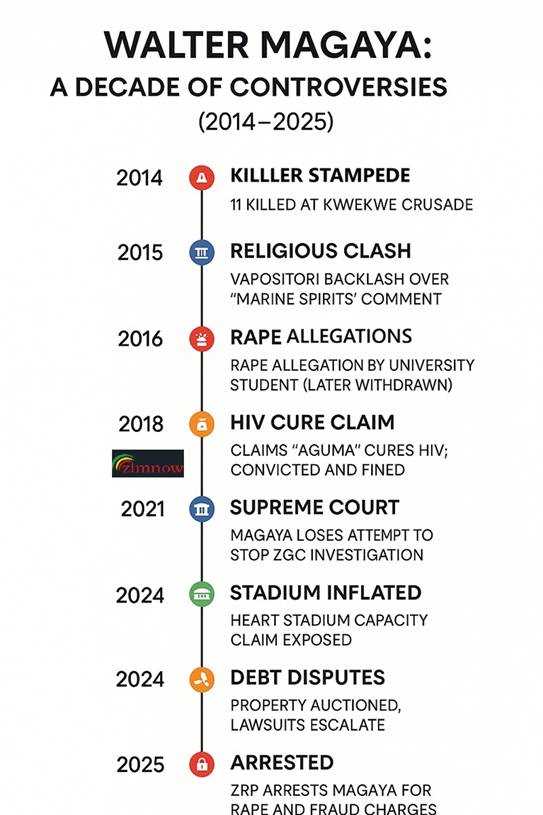
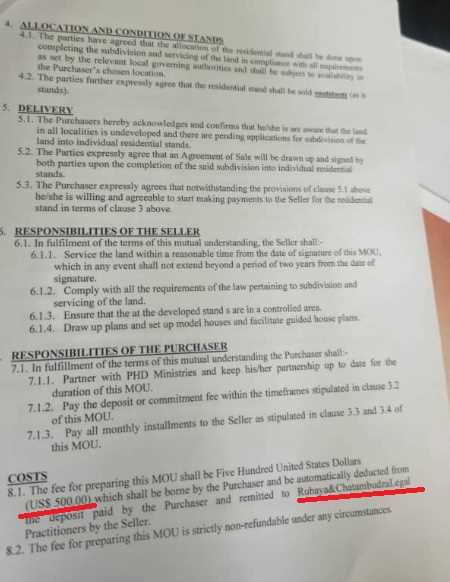





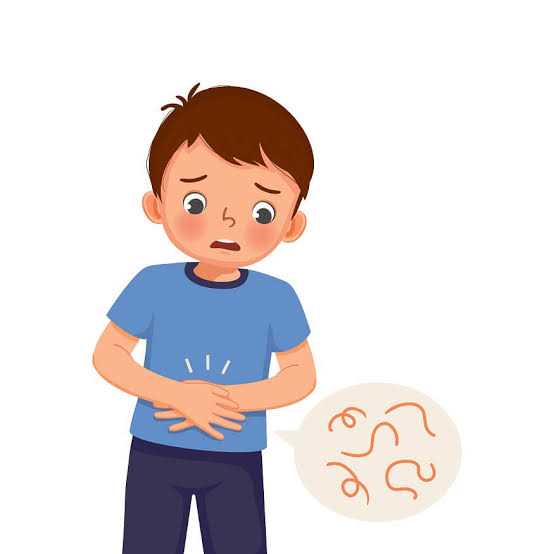
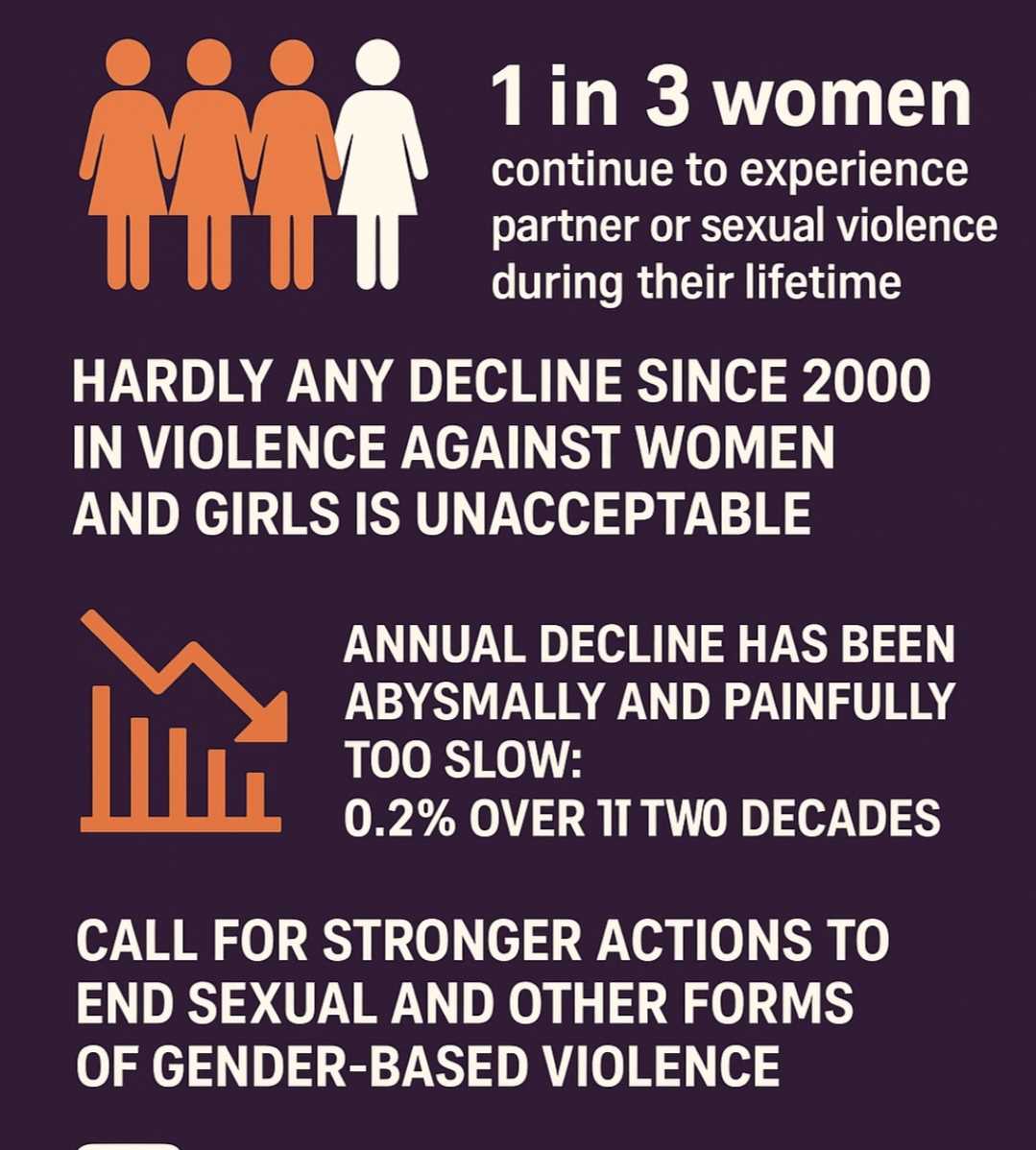






Leave Comments